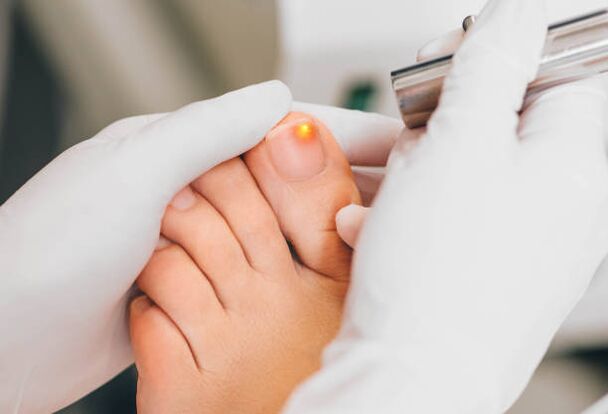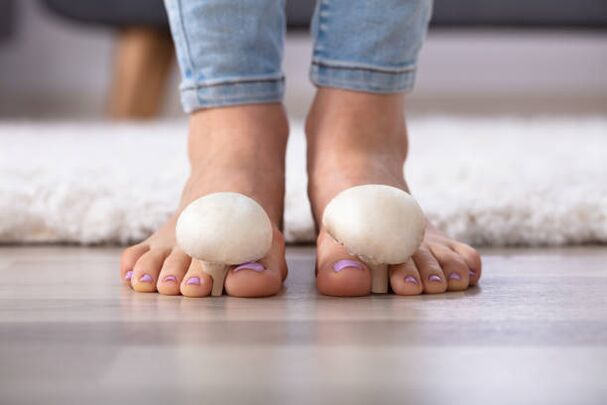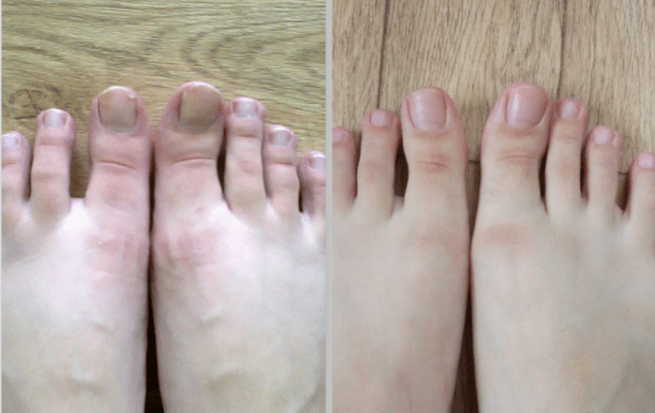
Types of onychomycosis (onychomycosis)

- Distally, the free edge of the nail is damaged. May be a result of or caused by onycholysis;
- Laterally, when the lateral part of the nail is affected causing subsequent inconvenience. May be accompanied by ingrown toenails;
- near end. The back of the nail is affected. And the deeper the lesion is from the edge, the more difficult it is to treat and repair the nail;
- All of them. The word here speaks for itself. The entire nail and its surrounding cuticle tissue can be affected.
Normal nutritional onychomycosis
- Itching in the fingernail area;
- change nail color;
- Spots and streaks may be among the symptoms.
Hypertrophic type
- Not only does the nail color change, it also becomes dull;
- The luster disappears;
- May become thickened and deformed; these changes are more common in adults;
- The destruction process of the deck began.
nail stripper
Causes of fungus on toenails
- Tight footwear and insufficient ventilation can lead to the growth of pathogens. To treat nail fungus, the first step is to change your shoes to more suitable shoes;
- Manicure. Decorative varnishes and gels are applied to the nail layer; incorrect application can lead to peeling of the coating and the growth of fungi and other bacteria under the gel;
- Unfavorable working conditions, living conditions and constant exposure to greenhouse atmosphere, extremely poor hygiene;
- Hormonal imbalances and disruption of the thyroid and adrenal glands;
- Take antibiotics. The attending physician should take this into consideration and immediately prescribe antifungal and antimicrobial therapy;
- Low immunity and immune diseases, one of the first signs of weakened immunity is fungus;
- Have had a serious illness in the past. Low immunity, weak body, and no resistance to fungi;
- Stress and psychological problems and disorders, which can also significantly reduce immunity;
- Mechanical damage to the nail or trauma that destroys the integrity of the nail plate.
























